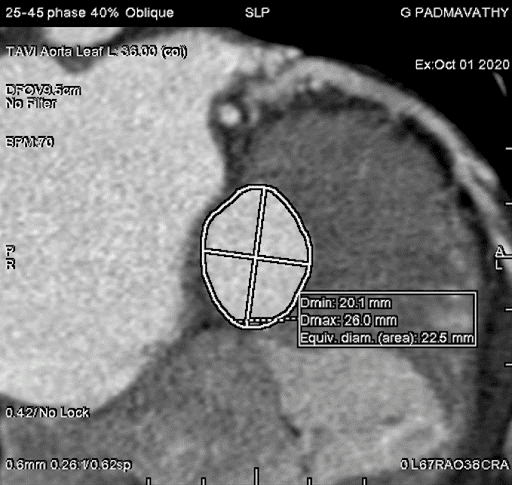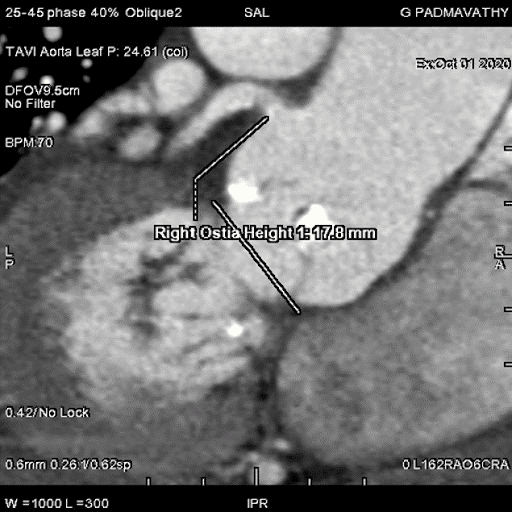The Importance of CT Angiogram Before TAVR

Before you undergo TAVR, your cardiologist will recommend various diagnostic tests to assess your overall health and risk factors. One of the most common tests that doctors prescribe is a CT angiogram.
CT angiogram is a type of X-ray that uses an imaging machine to take pictures of the heart and blood vessels in your body. It’s used to diagnose problems with the heart and blood circulation, such as heart disease, tumors, or blockages in your arteries. This test can also help doctors figure out how to treat these problems.

With a CT angiogram, a cardiologist can get a complete picture of your heart. That, in turn, will help them determine the underlying cause of aortic stenosis. Also, they can assess the extent of damage to the aortic valve. That, in turn, will help them decide whether you’re a suitable candidate for TAVR.

A CT angiogram also comes in handy for risk assessment. Your doctor can determine the chances of success after surgical or transcatheter aortic valve replacement. Also, they can identify underlying risks, such as endocarditis or aneurysms, that can hinder your treatment after undergoing TAVR. It is essential for determining the type and size of TAVR valve, studying the blood vessels supplying the lower limb arteries and the blood vessels supplying the heart muscle (coronary arteries).

If you’ve been diagnosed with severe aortic stenosis and wish to undergo TAVR, make sure your cardiac surgeon gets a CT angiogram done before the procedure. It’s a good idea to consult a TAVR expert in India for that purpose.

